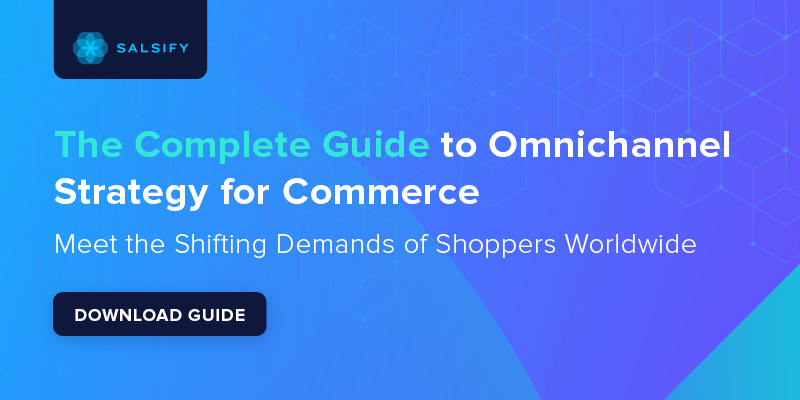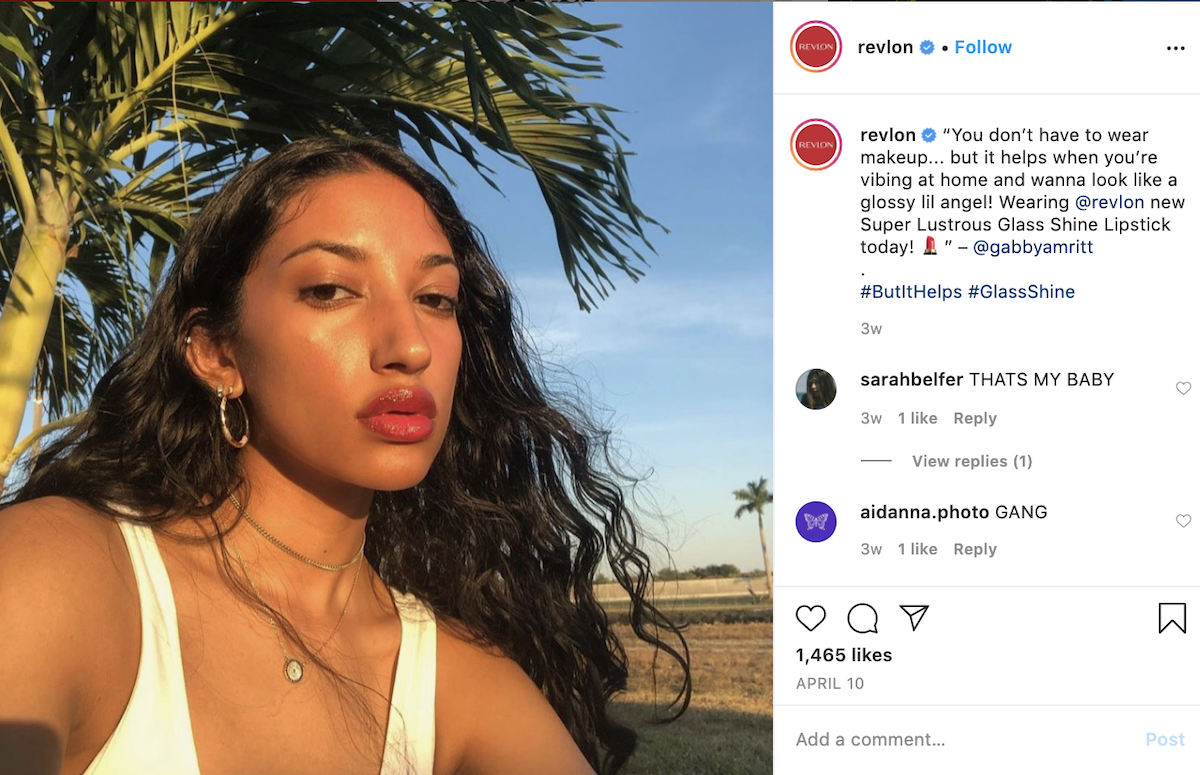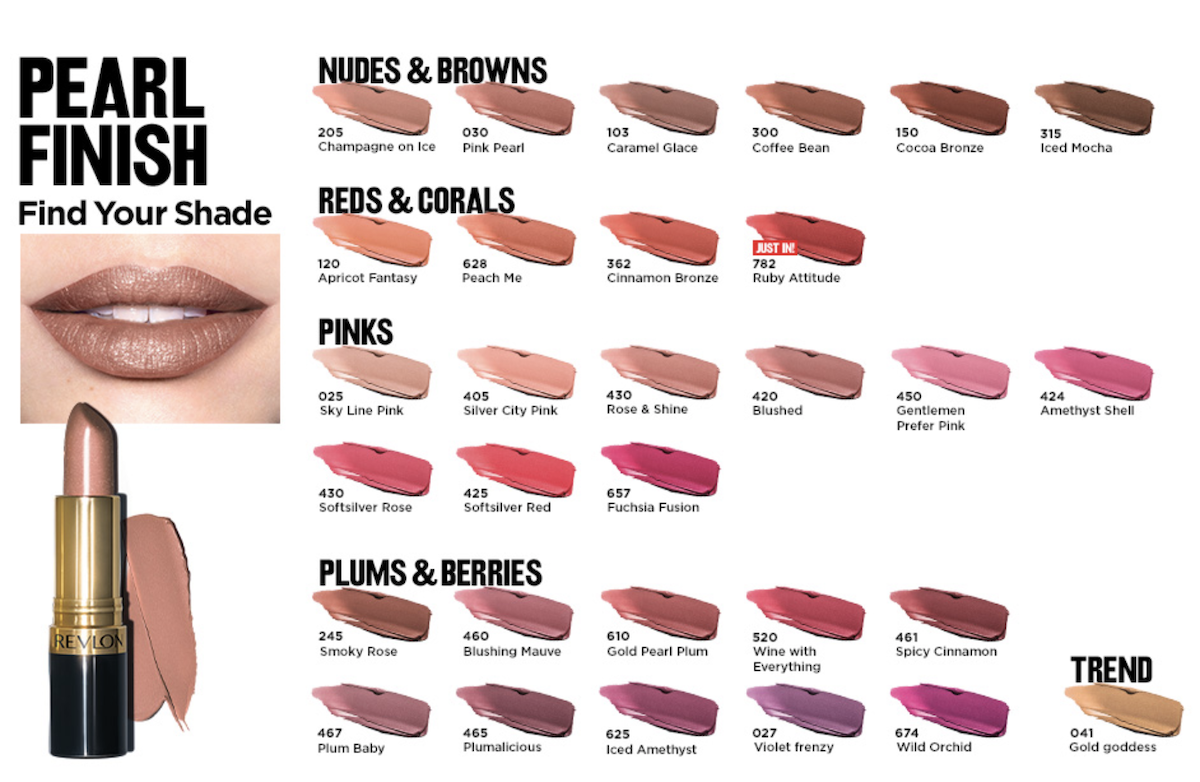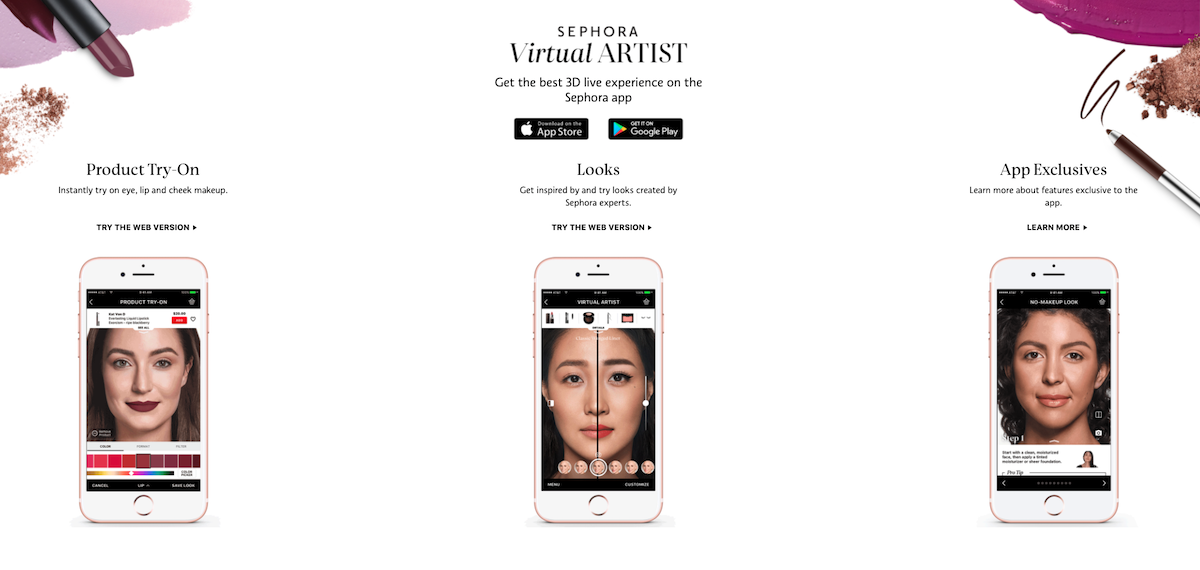

The Complete Guide to Omnichannel Strategy for Commerce
Download our guide to get everything you need to build omnichannel shopping experiences that meet the shifting demands of consumers worldwide.
DOWNLOAD GUIDEPIM
Manage all product content in one central system of record.
Syndication
Easily syndicate product content to every consumer touch point.
Enhanced Content
Enrich product pages with below-the-fold content and rich media.
Intelligence Suite
Bring AI-powered capabilities directly into your Salsify workflows.
Grocery Accelerator
Leverage the first-ever category-wide PXM accelerator in the grocery industry.
GDSN Data Pool
Synchronize standard supply chain, marketing, and ecommerce attributes globally.
Digital Shelf Analytics
Continuously optimize your organization’s product content syndication.
Catalog Sites
Share secure, on-brand, and always up-to-date digital product catalogs.
Automation and AI
Automate business processes and enhance Salsify workflows with AI.
PXM Platform, Integrations, and APIs
Integrate the PXM platform with the rest of your enterprise systems architecture.
Supplier Onboarding
Accelerate supplier onboarding while ensuring your schema requirements are met.
Product Listing
Sell products faster with Product Listing.
Content Enrichment
Increase online conversions with Content Enrichment.
Automation
Save time and increase operational efficiency with retail automation.
SXM Platform, Integrations, and APIs
Integrate the SXM platform with the rest of your enterprise systems architecture.
Syndication Network
Automate how you exchange product content data to the digital shelf.
Enhanced Content Network
Turn product pages into product experiences with Enhanced Content.
Commerce Platform Integrations
Create winning product experiences everywhere shoppers are, including on owned sites.
GDSN Data Pool
Synchronize standard supply chain, marketing, and ecommerce attributes globally.
Open Catalog
Connect to the digital shelf faster with an open, standardized, and free product catalog.
Resources
Resource Library
Explore our ecommerce resources to get everything you need to win on the digital shelf.
Blog
Read our blog to get actionable insights for navigating changing markets and industry demands.
Webinars
Watch our on-demand ecommerce webinars to gain expert advice and tips from our community of industry leaders.
Customer Blog
Gain the latest tips, industry trends, and actionable ecommerce insights.
Knowledge Base
Investigate our knowledge base to build your Salsify skills and understanding.
API
Examine our comprehensive API and webhook guides to start working with Salsify quickly.

Download the report to get expert insights, consumer research, and top industry trends.

For beauty and personal care shoppers, there are seemingly endless numbers of product options — and it may seem that every day there is a new viral product hitting the market that promises faster, better results.
This growth of options has also led shoppers to demand more information at every stage of the buying journey.
The global beauty and personal care market is predicted to reach $103.8 billion in 2023, according to Statista, and omnichannel shopping experiences offer shoppers the opportunity to access the information they need at the right time to drive conversion.
For beauty and personal care brands, offering these shopping experiences is vital for long-term success. As shoppers adopt new digital habits, brands must find ways to bring the in-store experience online. Here are three tips for creating engaging product experiences online.
User-generated content, such as product reviews and testimonials, is one of the most valuable tools for brands. Beauty and health shoppers increasingly look to their peers to discover the most popular and top-performing products on the market, and these testimonials can help them make buying decisions online.
For brands with strong customer loyalty, these followers are often eager to share their product experiences on the review section of retailer or direct-to-consumer (D2C) sites, as well as on their personal social media accounts. Brands can bring user-generated content into their digital channels in several ways, including direct customer outreach or requests for reviews on social media.

Image Source: Revlon Instagram
When a shopper goes into a brick-and-mortar store to purchase beauty and health products, product displays are one of the top ways brands can catch their attention. Brands must focus on creating engaging product experiences, as they are the key to standing out against the competition online.
Enhanced content, which includes image galleries, videos, comparison charts, PDF downloads, and more, can help your brand provide the necessary information for securing a sale online. Enhanced content can help capture the attention of shoppers and has been shown to boost conversion by up to 15% across most categories, according to Salsify internal data.

Image Source: Revlon Amazon
Brands must consider the in-store experiences customers seek — knowledgeable in-store consultants, the ability to test and try-on products, etc. — and use content to recreate the experience online.
Brands can highlight tutorial videos of popular social media influencers using their new skincare line. They could use a comparison chart to highlight the range of color shades for a new lipstick collection. Enhanced content gives brands the power to deliver compelling experiences that convert.
Beauty retailer Sephora may have one of the most popular augmented reality (AI) tools in the industry, Visual Artist. The 3D live experience is available both on desktop and on its mobile app and allows customers to try-on products in real-time and test expert-curated looks. Customers can quickly add products to their shopping carts, save the product list, or even share it on social media.
Chat tools are another way brands can answer questions online that would frequently be covered by an in-store consultant. Whether through a chatbot or a real salesperson, these chat features can help keep customers engaged online.

Image Source: Sephora
Compelling brand stories, consistent content across retail channels, and engaging product experience that leverage new technologies can help shoppers experience brands virtually, boosting conversion and expanding market share.

Download our guide to get everything you need to build omnichannel shopping experiences that meet the shifting demands of consumers worldwide.
DOWNLOAD GUIDESalsify helps thousands of brand manufacturers, distributors, and retailers in over 140 countries collaborate to win on the digital shelf.
Standing out on the digital shelf starts with access to the latest industry content. Subscribe to Below the Fold, our monthly content newsletter, and join other commerce leaders.